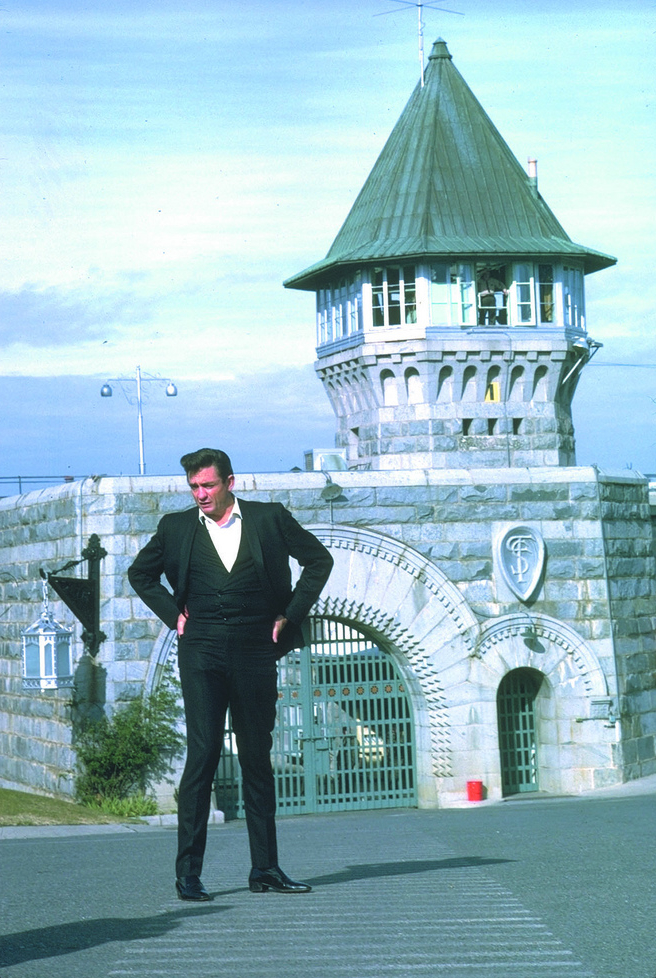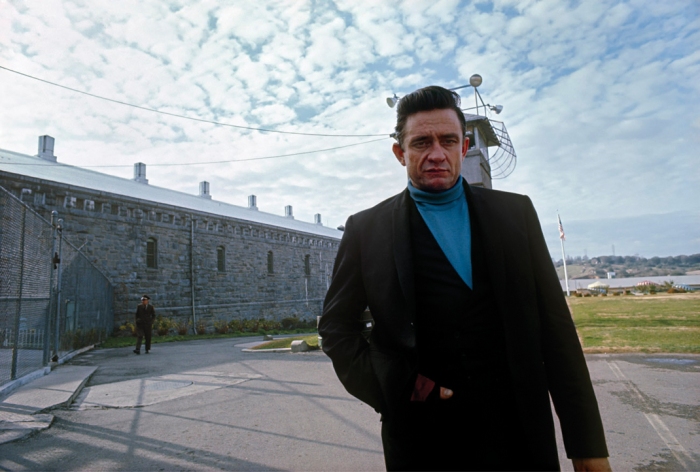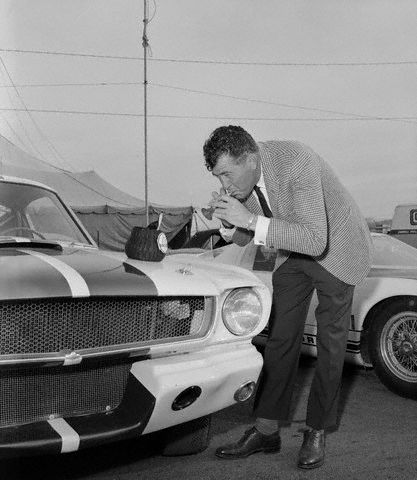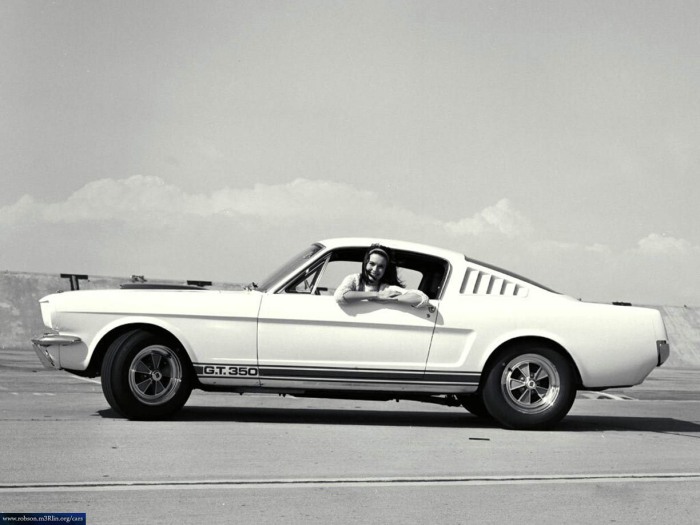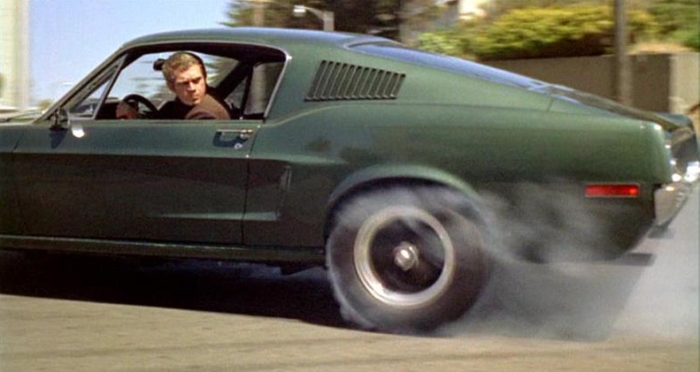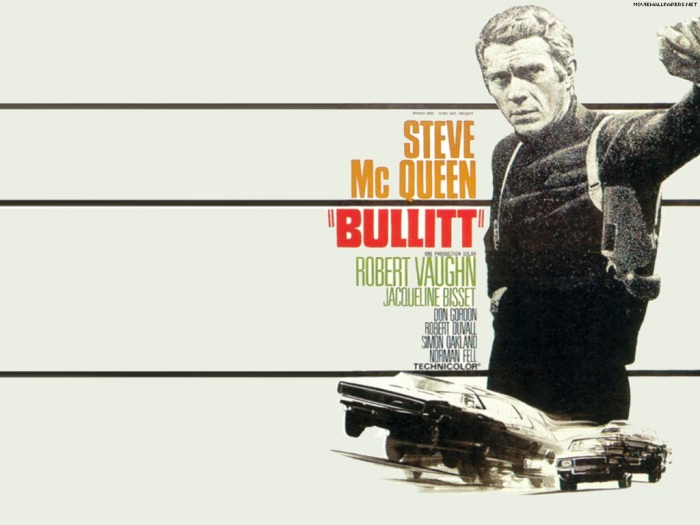*
From the desk of Contributing Editor, Eli M. Getson–
*

Circa 1946 — (original caption) Hollywood Stars Ski at Sun Valley. Active sports are the best things in the world to relax one after a session before the Kleig lights, and these Hollywood stars chose skiing as their sport. Shown on a crest at the famed resort at Sun Valley, Idaho are, left to right: Mrs. Gary Cooper, Jack Hemingway, Ingrid Bergman, Gary Cooper and Clark Gable. Used by the Navy during the war, the resort will be opened to the public in the fall of 1946. — Image by © Bettmann
*
With the snowfall upon us (and where I live, it will be falling until late April) it gives me a chance to induldge in my obsession with old school style on the slopes. I want to be clear that I will not include snowboarding in this post– different sport, different style altogether. I also want to be clear that this obession of mine is very rooted in the years 1967-1977, when I feel ski style was at its height. I’ll get many an argument from all the Polo alumni that read TSY that the Sun Valley/Gary Cooper 1930s & ’40s look (above) is the ultimate; and while the snowflake sweaters, melton wool jackets, gentsy trousers (with zippered pockets to keep out the snow), and waffle stompers of that era certainly do have their appeal– I am more fixated with vintage Fila, Bogner, Descente, Addidas (very rare), Rossingnol, and Head. Courreges did some skiwear in the 1960s for women that is highly prized by vintage heads the world over. I have combed many a vintage store in Europe looking for an old school graphic Fila or Bogner coat in all its pieced, color blocked, and technicolor splendour so I could work it like a skier on the pro tour, circa 1968. Who wouldn’t want to rock the, “just hit the mountain in Gstaad, heading to Chamonix, and then off to Aspen to wind down the season” look.
*

Circa 1968 — Aspen, Colorado: French skier, Jean Claude Killy manages a smile for his fans after placing 3rd in the Roch Cup men’s downhill event here, March 15th. Killy’s legion of fans can be seen reflected in his sunglasses. — Image by © Bettmann
*
Without a doubt, my obsession was fueled by Jean Claude Killy, the King of the slopes and one of the most stylish athletes of all time. A world champion skier without peer– In 1966–67 Killy won every downhill race he entered, earning the first World Cup for men. Killy also won the triple crown of Alpine skiing– capturing all three golds medals (downhill, slalom, and giant slalom) at the ’68 Winter Olympics in Grenoble, France . He was blessed with movie star looks, and came on to the scene when more obscure sports like sking acually got Saturday afternoon airtime, and the Olympics still tended to be a top two sports draw on TV. Killy had ridiculous style and even more ridiculous skill. He was, and is, how I want to look on the slopes– slim silhouettes, graphic colors boldly streaking by on the turn, and geared towards peak performance. Killy is one of those athletes I will always associate with the epic ABC Wide World of Sports. I’m not sure how Jim McKay and Howard Cosell did it, but they mythologized athletes, especially international athletes, on the level of jet-setting movie stars. I miss those dreamy days of my youth. I miss how the lifestyles of the athletes of old had real class, and were larger than life. Mostly, I miss their character, and how incredible they looked in competition– and everyday life. They inspired me then, and still do to this day.
*

August 1971 — French Skier Jean-Claude Killy in Saint-Tropez — Image by © Apis/Sygma
*
Continue reading →



















